Original Fossil Display– Photo essay of the week
This week’s photo essay features the original fossil display at the Maropeng Visitor Centre.
The display forms the final section of the exhibition and houses original fossils on loan to Maropeng from various insititutions. This changes regularly to illustrate different themes. The present display is entitled Evolution: digging for an understanding, and it focuses on the theory of evolution, which was made famous by Charles Darwin. The material in this exhibition is kindly on loan from the following collections at the University of the Witwatersrand: the Bernard Price Institute for Palaeontological Research, the Institute for Human Evolution, the Hunterian Museum and the Department of Animal, Plant and Environmental Sciences.
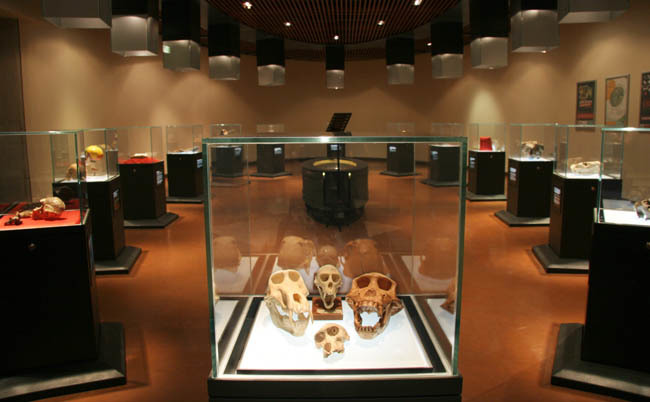
The exhibition aims to tell the story of evolution of life on Earth, beginning with bacteria.
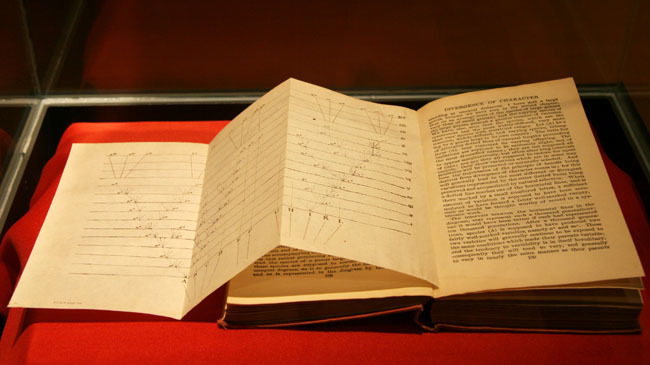
A 100-year-old copy of Charles Darwin’sThe Origin of Species by Means of Natural Selection. This copy has been in Professor Francis Thackeray’s family for about 100 years. Thackeray is currently director of the Institute for Human Evolution at the University of the Witwatersrand. The book is opened on the page showing the only illustration in the book explaining the concept of common ancestry and how it changes through time.
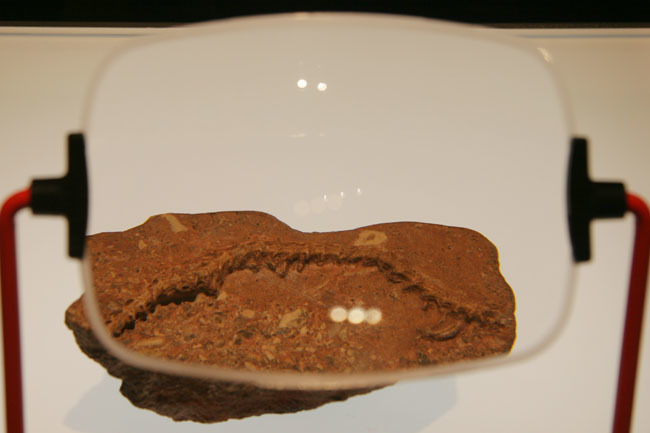
A 2.5-million-year-old fossil snake from Makapansgat in the Limpopo province.
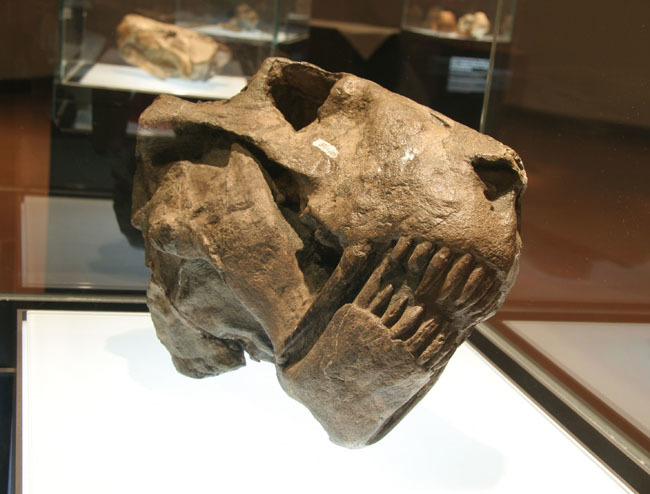
This skull (BP/1/4409) belonged to a ferocious predator or gorgonopsian (“terrible eye”) which lived 255-million years ago. This fossil was collected near Pearston in the Eastern Cape. Gorgonopsians were the lions of their time. They probably held their prey down with their powerful forelimbs, then disemboweled them with their long, canine teeth.
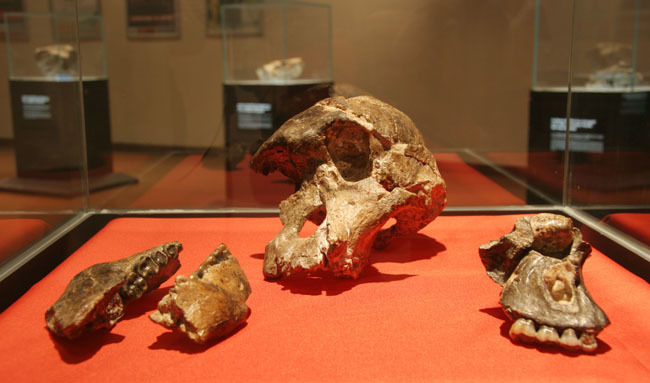
The cranium of an Australopithecus africanus, Stw 505, discovered in 1989 at Sterkfontein Caves in the Cradle of Humankind. A relatively complete cranium of an Australopithecus africanus, Stw 505 is the most complete hominid cranium discovered in Sterkfontein since Robert Broom’s excavations uncovered “Mrs Ples” in 1947.
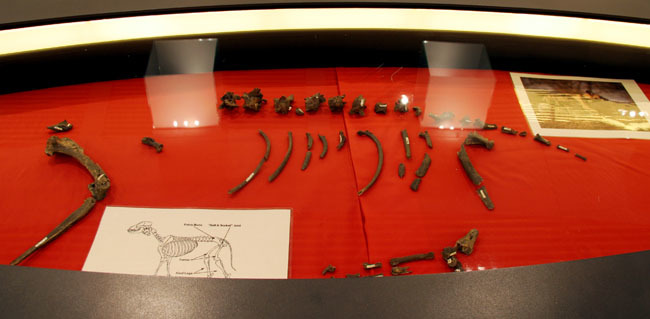
This is the almost complete postcranial skeleton of a wild dog which may represent the oldest evidence of wild dogs in South Africa. It is a large animal, approximately the size of a modern North American wolf. It shows interesting transitional features between regular canids (dogs) and the Cape Hunting Dog (Lycaon sp.) It has so far only been recovered from Gladysvale, one of the fossil sites in the Cradle of Humankind, and is estimated to be just less than 1-million years old.
If you would like to see more pictures of Maropeng, visit our Flickr group or our Facebook Fan page.